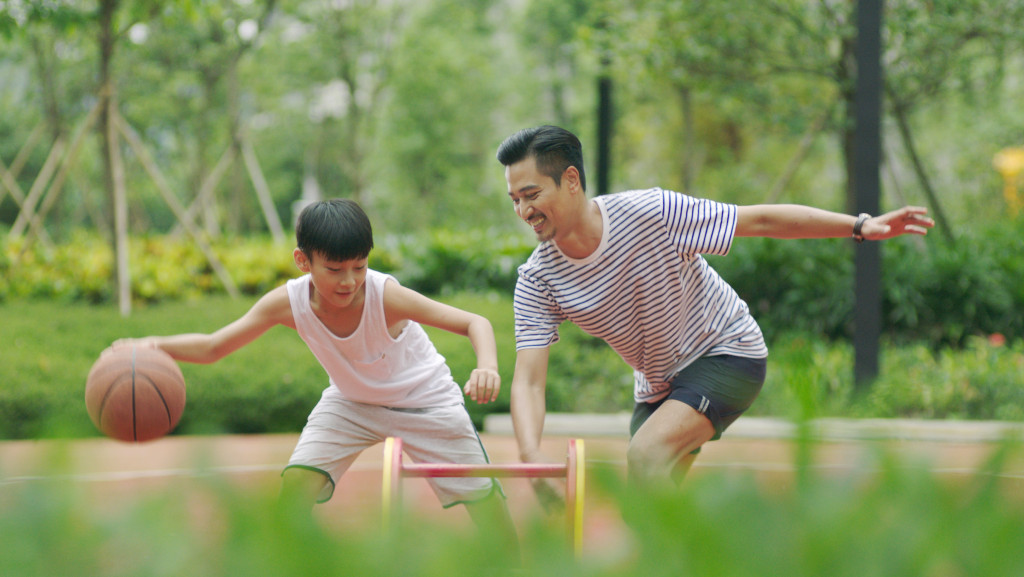- Too much physical activity can lead to overtraining, burnout, and injuries in children. Take a balanced approach.
- Focus on quality rather than quantity, set achievable goals, and monitor progress as you encourage physical activity.
- Make sure your child gets plenty of rest and recovery time between activities so that their body can recharge.
- Doing this will ensure that your children can reap the benefits of physical activity while avoiding any potential risks.
Physical activity is essential for children’s overall health and well-being, and it is recommended that they engage in at least an hour of moderate to vigorous physical activity per day. However, as a parent, you may wonder if there can be too much of a good thing when it comes to your child’s physical activity.
Is there a risk of injury or burnout? Are you pushing too hard, and how much is too much? In this blog, you will learn about the pros and cons of too much physical activity in children.
Overtraining and Burnout.
While it is essential to encourage your child to be physically active, too much activity can lead to overtraining and burnout. Chronic overtraining can cause physical exhaustion, emotional stress, decreased performance, and increased injury risk.
Depending on the intensity and frequency, overexertion and insufficient recovery can lead to burnout, where your child loses interest and enthusiasm for physical activity. To avoid these potential risks, it is essential to allow your child to have rest and recovery time.
Increased Risk of Injuries.

Another potential negative aspect of too much physical activity is the increased risk of injury. Overuse injuries typically result from repetitive stress on the body, such as muscle strains, stress fractures, and tendonitis. These injuries usually occur due to excessive training, insufficient warm-up or cooldown, poor technique, or insufficient rest and recovery time.
A physical therapist can advise on how to reduce the risk of potential injuries by designing customized training programs tailored to your child’s needs. A good physical therapist should also be able to identify the signs of overtraining and burnout and help your child manage it. With their help, you can ensure your child is training safely and effectively.
Mental Health Risks.
Physical activity has been shown to have many mental health benefits, such as reducing stress, anxiety, and depression and improving self-esteem. However, extensive physical exercise routines can have the opposite effect, especially if the child is not enjoying it.
A child who is being pressured to perform at a high level may feel overwhelmed, frustrated, and lose interest in participating. It is important to achieve a balance in the level of physical activity to maintain the positive mental health benefits that come with it.
Balanced Approach.
To avoid the potential downsides of too much physical activity, it’s crucial to take a balanced approach. Taking a balanced approach will ensure that your child will stay active and healthy without risking burnout, overtraining, or injuries. Here are the steps you need to take to achieve a balanced approach:
Focus on the quality of the physical activity.

Focusing on the quality of physical activity rather than the quantity is essential. Encourage your child to focus on activities they enjoy and that challenge them, but not to the point of exhaustion. You should also ensure that proper warm-up and cooldown activities are included in the routine.
Set realistic goals.
Setting manageable and achievable goals will help your child stay motivated without pushing themselves too hard. This should include both short-term goals (e.g., mastering a new skill) and long-term goals (e.g., completing a race).
Monitor progress.
Keep track of your child’s progress and be aware of any signs of fatigue, stress, or burnout. If you notice any red flags, take a step back and increase the recovery time. Monitoring progress will also help your child stay motivated and focused on their goals.
Encourage rest and recovery.
Rest is just as important as physical activity for your child’s physical and mental health. Make sure to give your child enough time to rest, recover, and rejuvenate between activities. You should also encourage them to take regular breaks from physical activity and give their body time to recover.
A balanced approach to physical activity is essential for children’s overall health and well-being.
It is essential to encourage your child’s physical activity, but it must be done in a balanced way. By focusing on quality rather than quantity, setting achievable goals, and monitoring progress, you can help them stay motivated without pushing themselves too hard or risking injury or burnout.
Additionally, make sure they get enough rest and recovery time between activities so that their body has the chance to rejuvenate and recharge for more enjoyable physical activity sessions. Doing this will ensure that your children reap all of the benefits associated with being physically active while avoiding any potential risks.




